The fuel system is designed to run on clean fuel. It has two fuel filters to maintain this cleanliness. Carelessness in handling and storage of fuel system components during the repair can subject the precision components to damaging debris. Before servicing any fuel system components (such as fuel lines, fuel pump, injectors, etc.), clean the fittings, mounting hardware, and the area around the component to be removed. Store the components in a clean environment. Keep all fuel port openings and line ends covered so that no dirt can enter. Use the following procedure in the ISC and ISL CM2150 Service Manual, Bulletin 4021569, or the ISLe CM2150 Service Manual, Bulletin 4021630.
Fault Code 559 sets when the engine is running and measured rail fuel pressure remains at least 250 bar [3625 psi] less than commanded pressure. Once detected, Fault Code 559 will remain active until the engine is turned OFF or until the measured rail fuel pressure matches the commanded rail fuel pressure. When a condition exists that causes Fault Code 559 to become active, it is typical for the fault code to become active when the engine is heavily loaded and become inactive when the engine is lightly loaded.
Possible causes:
1)Fuel inlet restrictions (filters, low pressure fuel lines, OEM plumbing, etc.)
2)Sticking check valve in ECM cooling plate
3)Fuel gear pump output low
4)Fuel gear pump pressure regulator stuck open (this can result in hard start and/or no-start complaints)
5)High-pressure pump capacity decay (high leakage to drain from the high-pressure pump)
6)Fuel rail pressure relief valve leaks to drain
7)Fuel rail pressure relief valve opens at a pressure too low (Fault Code 3727 detects this condition)
8)Injector fuel circuit leaks to drain (injector body, high-pressure connectors, etc.)
9)Air in the fuel or suction leaks at gear pump shaft seal (can result in hard start and/or no start complaints)
10)Fuel level is below the suction line in the fuel tank
11)Restricted fuel screen, located in the banjo bolt, at the high-pressure fuel pump inlet, if equipped
12)External fuel leaks.
If Fault Code 559 is inactive and there are not any existing performance complaints, it is possible the vehicle was run out of fuel or the fault became active if the engine was not primed following fuel filter replacement. However, if the customer reports that the fault code becomes active during engine operation, the steps in this fault code diagnostic tree can be used to identify the cause and make a repair.
If the engine will not start and Fault Code 559 becomes active during cranking, and no speed sensor fault codes exist, it is most likely that the engine is not developing rail pressure during cranking. Possibly, the engine is not primed, gear pump pressure is too low, or the high-pressure fuel system components have excessive leakage to drain. The procedures referred to in this troubleshooting tree also have checks for engine no start conditions.
The steps of this fault code tree assume that the fault condition is repeatable (this does not necessarily mean that the fault code is active with the engine at idle). The troubleshooting has been designed to isolate the problem into four categories:
1)Other more precise fault codes exist (example: electrical circuits faults).
2)Isolate the high-pressure system; determine if the high-pressure system has high leakage.
3)Isolate the low pressure system; determine if the low pressure system works correctly. The system must first be primed. Then, it is important to note that checks of gear pump pressure and inlet restriction involves using a special service tool that causes the flow rate to increase to a rated flow. Fuel gear pump pressure and/or inlet restriction can not be accurately measured without a method of increasing the flow (i.e. using the special service tool or operating the engine at full power).
4)Verify the ECM calibration is correct. Check the calibration revision history found on QuickServe™ Online for applicable fixes to the calibration stored in the ECM. If necessary, calibrate the ECM. Refer to Procedure 019-032 in Section 19.
Troubleshooting inactive Fault Code 559 can be difficult. For engines with high counts of inactive Fault Code 559, or if the troubleshooting tree has been exhausted, operate the engine on a chassis dynamometer or conduct a diagnostic road test to duplicate the fault code. Be certain to have a fuel pressure gauge installed at the pressure filter outlet side during the test.
If the accuracy of the fuel rail pressure sensor is being questioned, a key ON accuracy check can be performed. When checking the fuel rail pressure sensor accuracy, make sure the high-pressure fuel rail is not pressurized. The fuel pump, high-pressure fuel lines, and fuel rail contain very high-pressure fuel. Do not loosen any fittings while the engine is running. Once the engine is keyed OFF, there could be a significant amount of time waiting for the fuel to depressurize to 0 bar [0 psi]. It is necessary to manually relieve the pressure from the high-pressure fuel rail by loosening the pump-to-rail line at the rail. At key ON, a depressurized rail pressure sensor should read 0 ± 43 bar [624 psi].
Possible repairs:
1)Repair or replace the malfunctioning low-pressure system component as necessary and perform the low-pressure system check again to verify the issue has been corrected.
2)Replace the fuel pump actuator.
3)Tighten the injector high-pressure connector.
4)Replace the high-pressure connector and injector for the cylinder that is causing the high injector return flow.
5)Cap off additional injectors to identify the source of high injector return flow. Replace the high-pressure connector and injector for the cylinder(s) causing the high injector return flow.
6)Replace the fuel rail pressure relief valve.
7)Replace the high-pressure fuel pump head.
8)If the fuel pump head damage or stuck plungers are found, replace the fuel pump head.
9)If fuel pump head plungers are broken and/or internal camshaft housing damage is found, replace the fuel pump assembly.
10)Tighten the injector high-pressure connector
11)Replace the high-pressure connector and injector for the cylinder that is causing the high injector return flow.
12)Replace the rail fuel pressure relief valve.
13)Remove the fuel tank and clean out all debris.
14)If the engine shuts down or stalls more than 30 seconds after startup, replace the ECM cooling plate check valve.
15)Replace the fuel pump actuator housing.
16)Replace the fuel pump actuator.
17)Replace the ECM cooling plate check valve.
18)Replace the rail fuel pressure relief valve.
19)If necessary, calibrate the ECM.


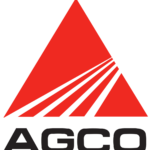 AGCO
AGCO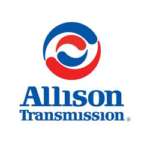 ALLISON
ALLISON BENDIX
BENDIX BOBCAT
BOBCAT CAT
CAT CLAAS
CLAAS CNH
CNH DAF
DAF DETROIT
DETROIT EATON
EATON FREIGHTLINER
FREIGHTLINER HINO
HINO HITACHI
HITACHI ISUZU
ISUZU JCB
JCB JOHN DEERE
JOHN DEERE JPRO
JPRO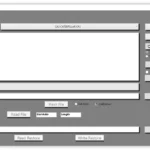 MAGIC TUNER
MAGIC TUNER MAN
MAN Navistar
Navistar PACCAR
PACCAR PERKINS
PERKINS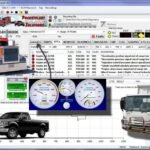 PF DIAGNOSE
PF DIAGNOSE PSI POWERLINK
PSI POWERLINK RENAULT
RENAULT SCANIA
SCANIA THERMO KING
THERMO KING UD NISSAN
UD NISSAN VOLVO
VOLVO WABCO
WABCO ZF TESTMAN
ZF TESTMAN
 BELL
BELL BENDIX
BENDIX BOBCAT
BOBCAT CARRIE
CARRIE DAF
DAF DETROIT
DETROIT EATON
EATON FUSO
FUSO MACK
MACK
 Cumminz
Cumminz ISB4.5 CM2150
ISB4.5 CM2150 All Engines (2017 Emissions)
All Engines (2017 Emissions) PACCAR
PACCAR
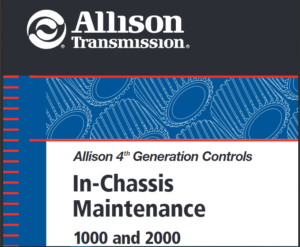
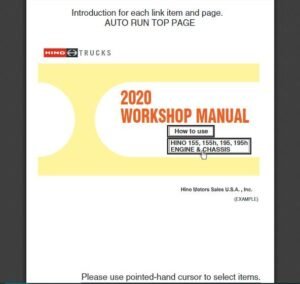


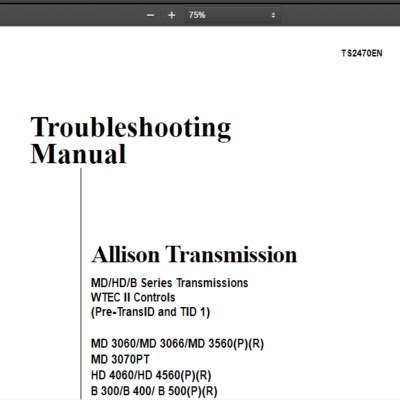
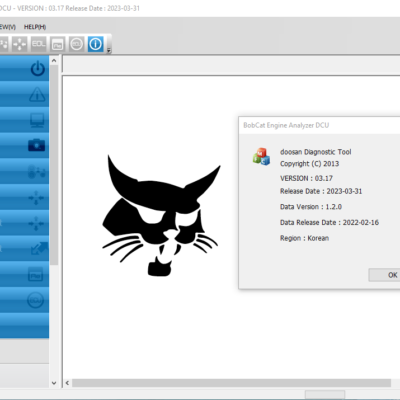

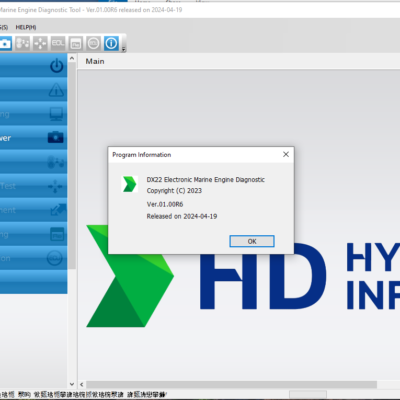

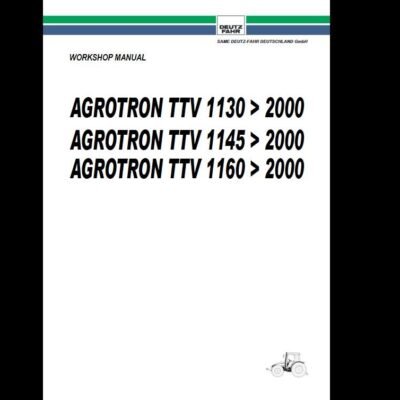
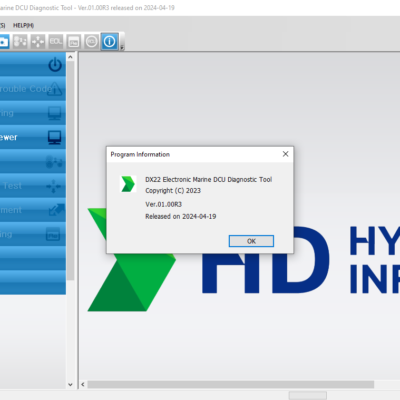
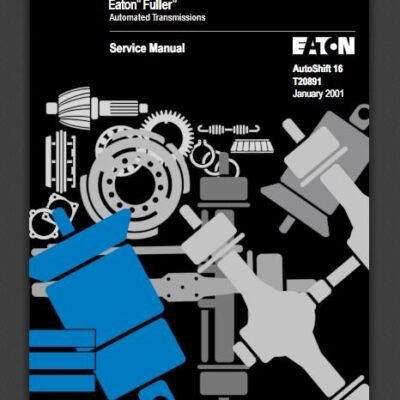

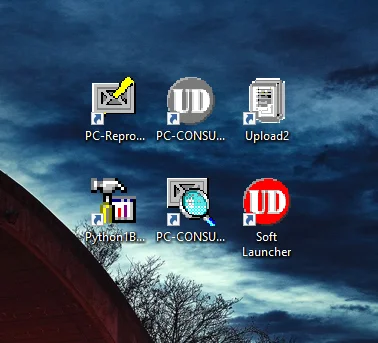
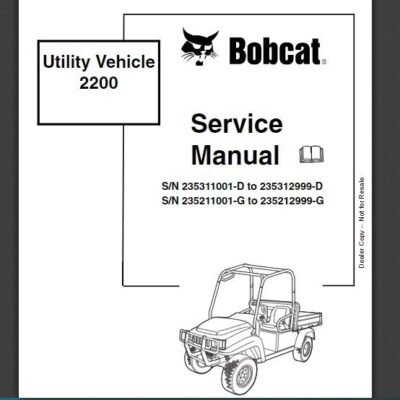

Reviews
Clear filtersThere are no reviews yet.